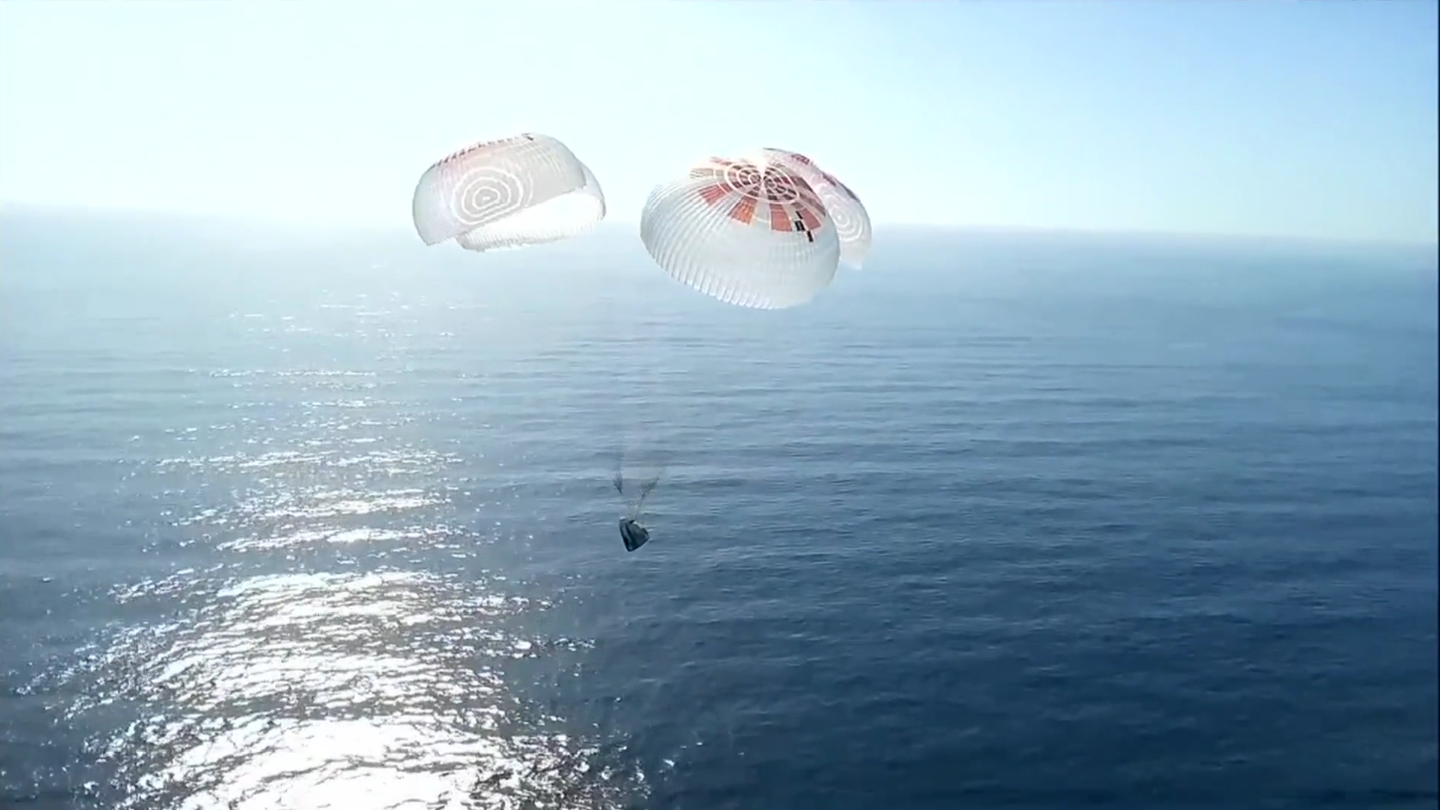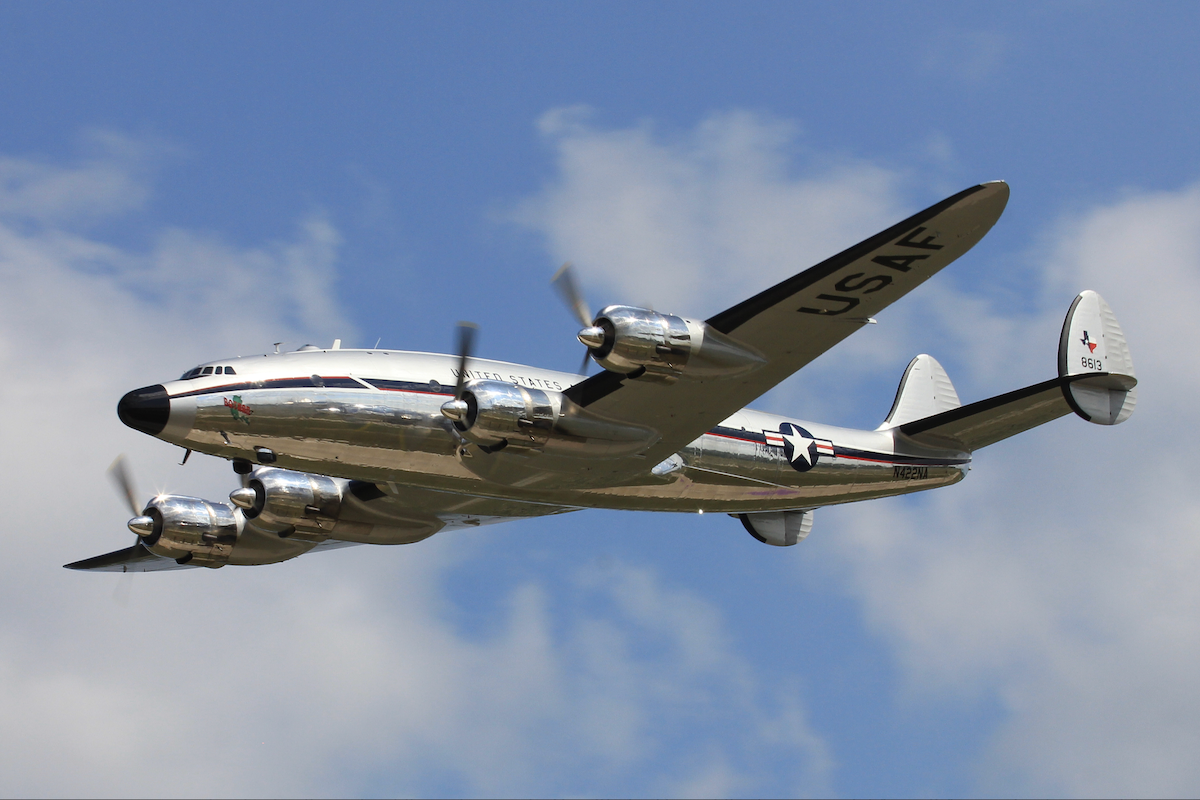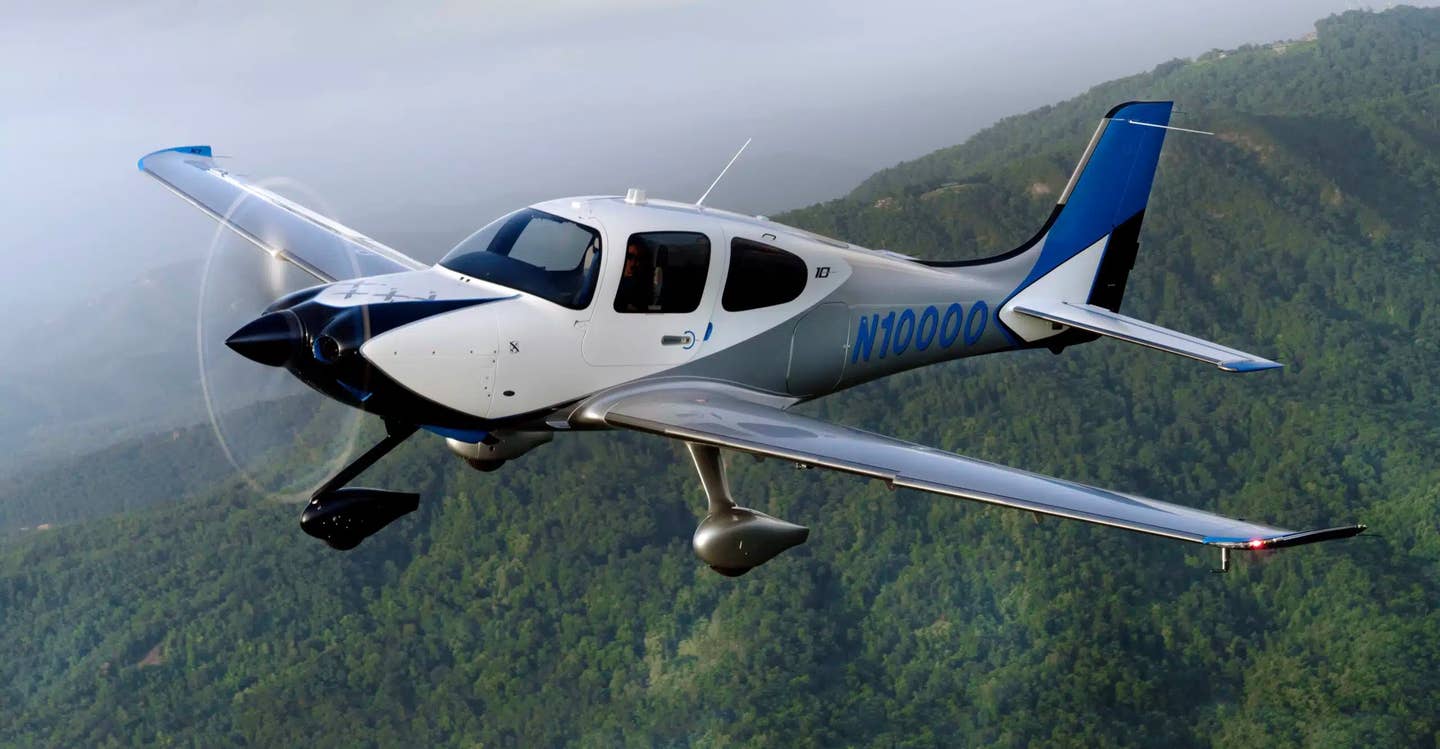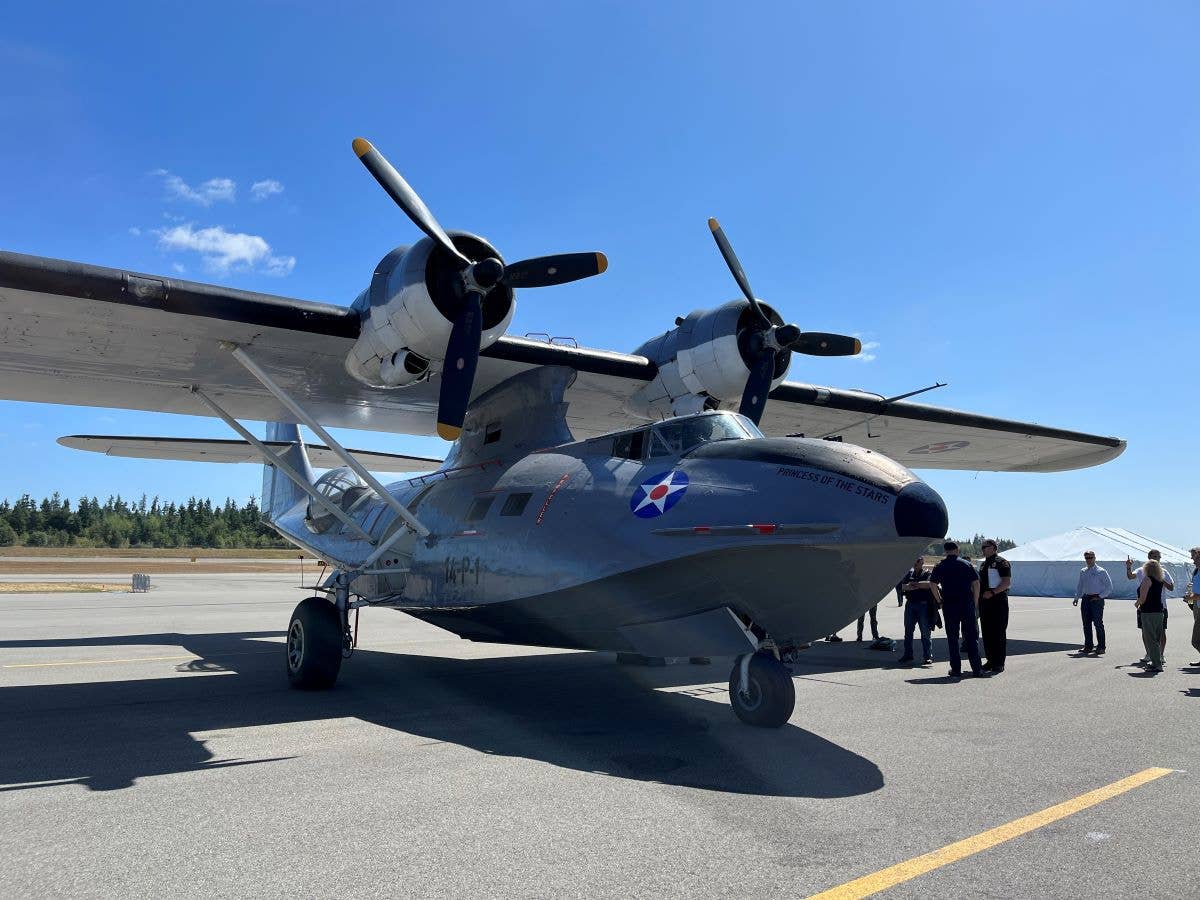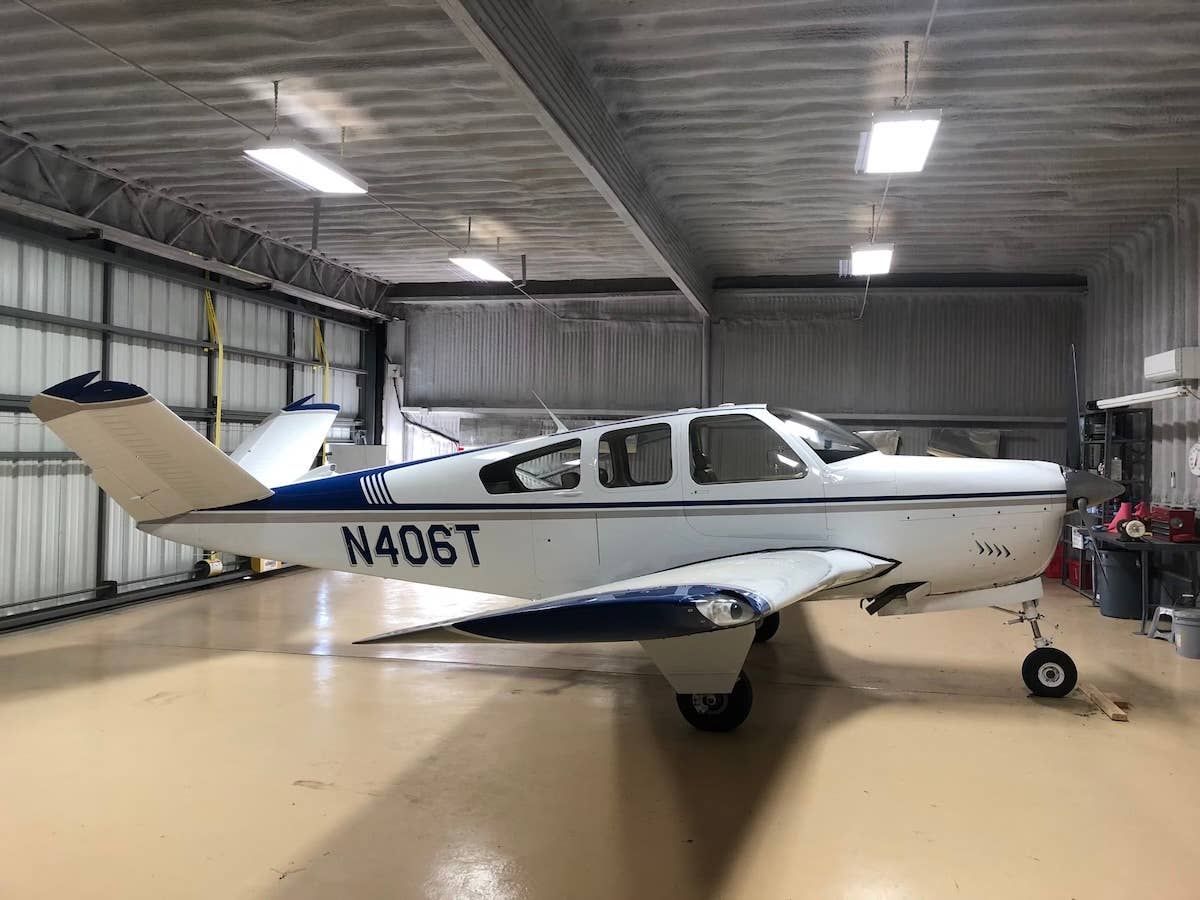
It's almost two years since US Airways Flight 1549 achieved its 'miracle' water landing in the Hudson River. In the time since, pilots Chesley "Sully" Sullenberger and Jeff Skiles have spoken before innumerable people to recount their experience. But last June, Skiles addressed a group that not only knows a lot about the bird strike hazard, but also has the wherewithal to do something about it. The 12th Annual Joint Meeting of the Bird Strike Committee USA/Canada convened in Salt Lake City in conjunction with the American Association of Airport Executives. They listened as Skiles recounted his experience, and then rolled up their sleeves to continue their work in minimizing the danger from birds around airports. The committee knows the dangers well, and part of the update involves reviewing the consequences of mixing bird and aircraft traffic. For example, the case of Flight 1549 on January 15, 2009 was just one of more than 9,000 wildlife strikes that year — most involving birds. No doubt, the loss of an entire Airbus airliner bumped up the dollar figure for last year, but long-term statistics show an average cost of $600 million per year from bird strike damage. And in 2008, the U.S. Air Force reported more than 5,000 wildlife strikes involving its aircraft.
The meeting last summer dealt primarily with the hazards of birds at low altitude, near airports. The science of mitigating the hazards of bird activity in this danger zone is well known and has been developed over many years. The problem? Airports are, by nature, attractive to birds. They offer wide expanses of open land, often with tall grass, making the birds safer from larger predators who would sneak up on them. Also, many airports are located close to landfills, where birds are wont to gather to feed. Not a good combination. Methods of discouraging birds from setting up housekeeping near airports include pyrotechnics, recorded distress cries, dogs and those dog silhouettes that are also used on golf courses and other areas where birds (and their droppings) are not welcome.
But we also must recognize that Flight 1549 was flying at 10,000 feet [correction: 3,200 feet] when it encountered the large flock of Canada geese that took it down. So while it's important to watch for birds around airports, the enroute phase of flight is no time to relax, either. Fall and early winter are prime migration time for large birds such as Canada geese, as they leave their northern breeding grounds for warmer air to the south. There are four major migration routes, or "flyways": Atlantic, Mississippi, Central and Pacific. Each has its particular characteristics, but generally speaking a migratory flyway is defined by coastlines, mountain ranges and rivers — the Mackenzie River in Canada and the Mississippi are the focal points for birds migrating south along the 3,000-mile Mississippi Flyway. For more information on where, when and how high the birds are, go to www.birdnature.com.
In her song "Urge for Going," Joni Mitchell wrote:
"I see the geese in chevron flight, flapping and racing on before the snow.
They get the urge for going, and they have the wings to go."
It's a wise pilot who remembers that, when we fly south for the winter, we have company. And they were up there first.
Call to action: If you have any tips of your own you'd like to share, or have any questions about flying technique you'd like answered, send me a note at enewsletter@flyingmagazine.com. We'd love to hear from you.

Sign-up for newsletters & special offers!
Get the latest FLYING stories & special offers delivered directly to your inbox

